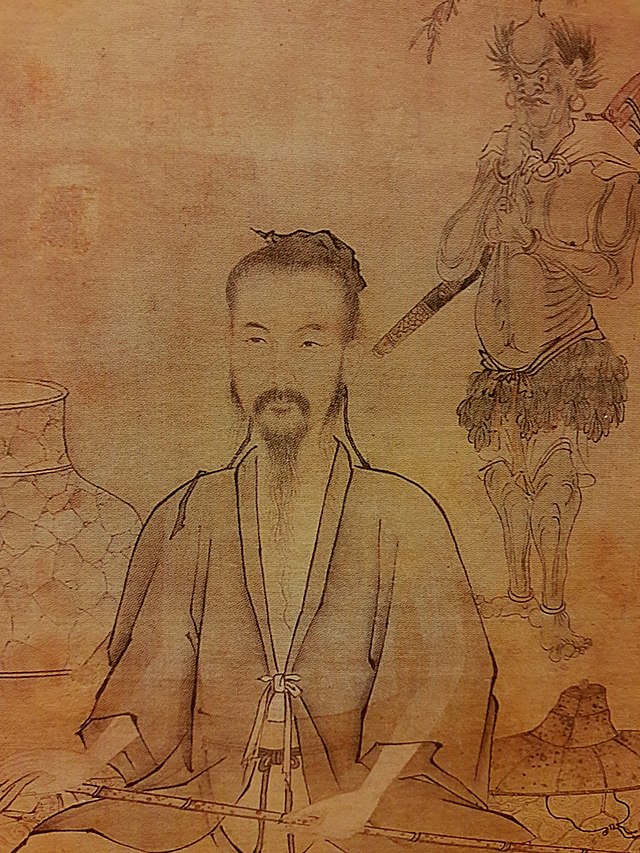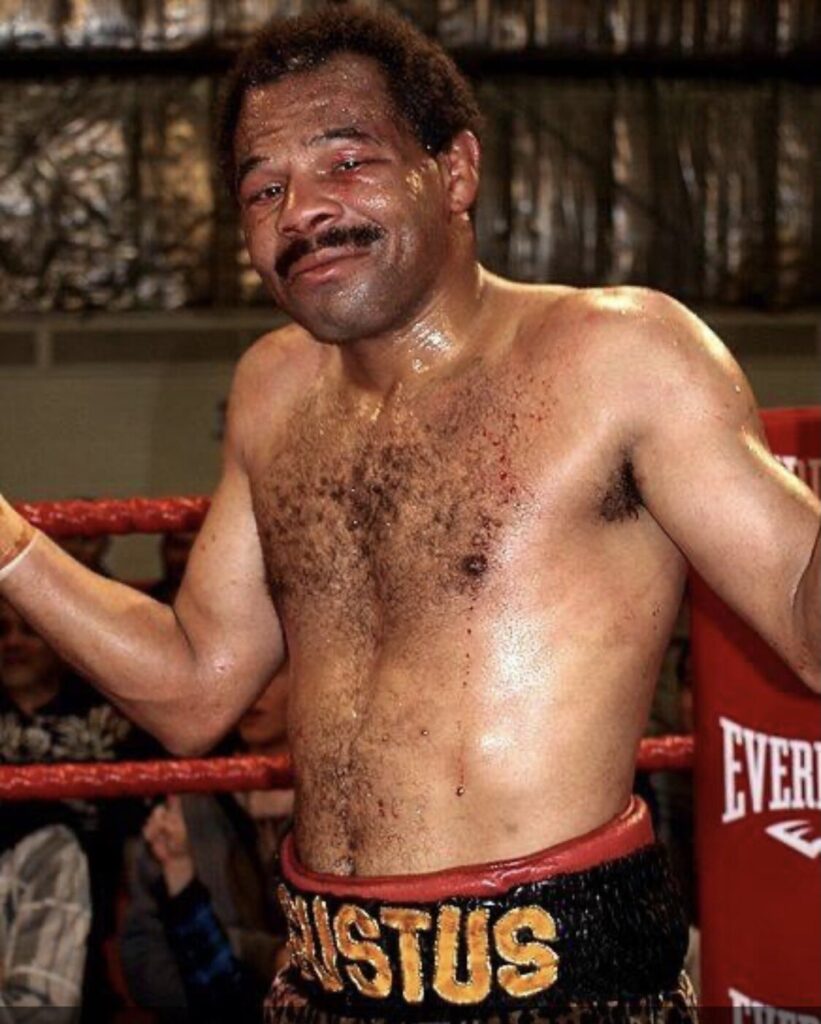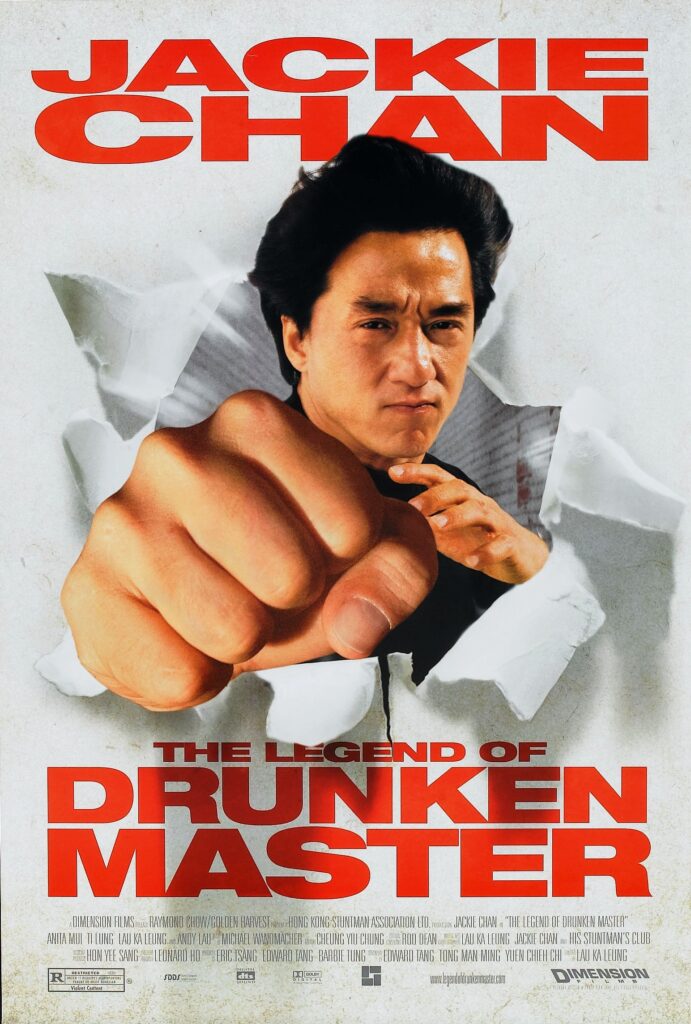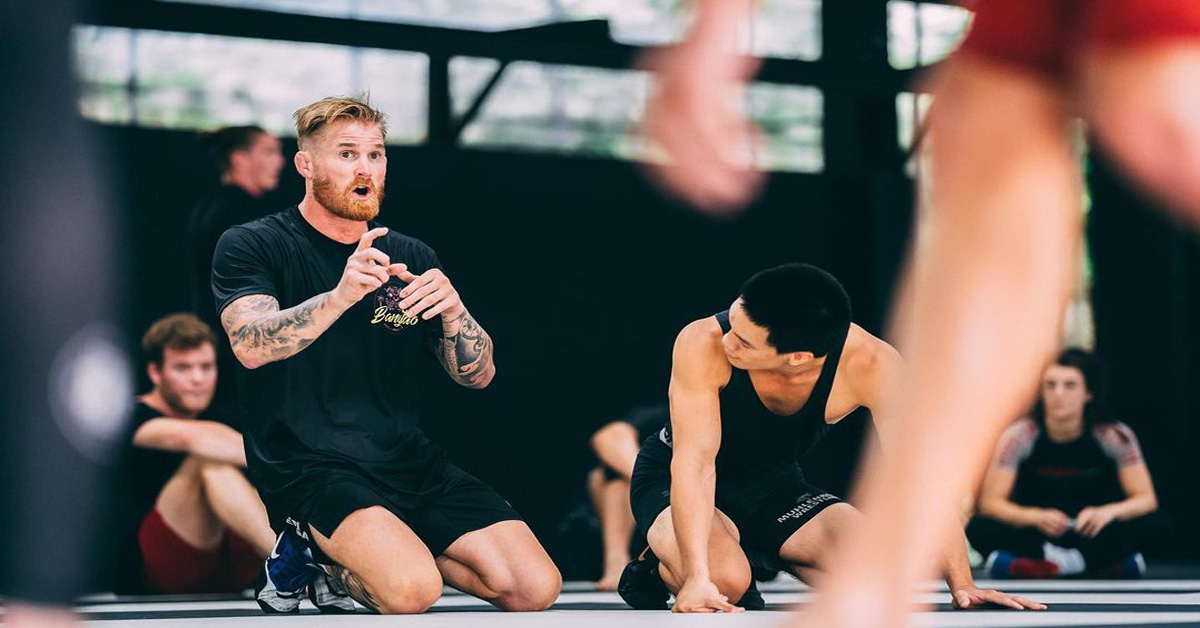
Frank Hickman has become one of the most prominent wrestling coaches in the MMA world for the last few years. He went from high-level college wrestler to co-founding Bangtao Muay Thai and coaching MMA world champions.
| Name: | Frank Hickman |
| Hometown: | Castle Hayne, North Carolina |
| Background: | Wrestling |
| Gym: | Bangtao Muay Thai & MMA, Tiger Muay Thai (2016 to 2020) |
| Notable Fighters: | Weili Zhang, Alexander Volkanovksi, Israel Adesanya, Loma Lookboonmee, Peter Danesoe |
Here is the journey of wrestling coach and Bangtao gym co-founder Frank Hickman. Check out coach Frank’s journey to becoming one of the best wrestling coaches in MMA and becoming a gym owner.
Frank Hickman’s High School Wrestling Career
Frank Hickman grew up in North Carolina wrestling since he was a kid. He was always on the wrestling mats with his brother George Hickman, who was also a standout wrestler.
In high school, Frank followed in his brother’s footsteps as an accomplished wrestler. While wrestling at Riverside High School, Hickman won two regional titles and earned an overall record of 201-23.
In his four years in high school, Frank was a top ten ranked wrestler three times in the 145 lbs division.
Frank Hickman’s Collegiate Wrestling Career
Just like his brother George, Frank Hickman also earned a scholarship to wrestle at Bloomsburg University in Pennsylvania. After spending a year as a red shirt freshman, Frank got his chance in the 2009-10 season.
During that season, Frank wrestled at 141 and 149 lbs and earned an overall record of 17-4. Going on to win the PSAC Championship as a sophomore.
Frank’s next two years were a step up for him as he qualified for the NCAA tournament in the 2010-11 season. In the next season, Hickman topped his performance by making it to the quarter finals of the tournament.
For Hickman’s last season as a collegiate wrestler, he finished 13th all-time in school wins(103). He also made it in as the 9th seed at that year’s NCAA tournament.
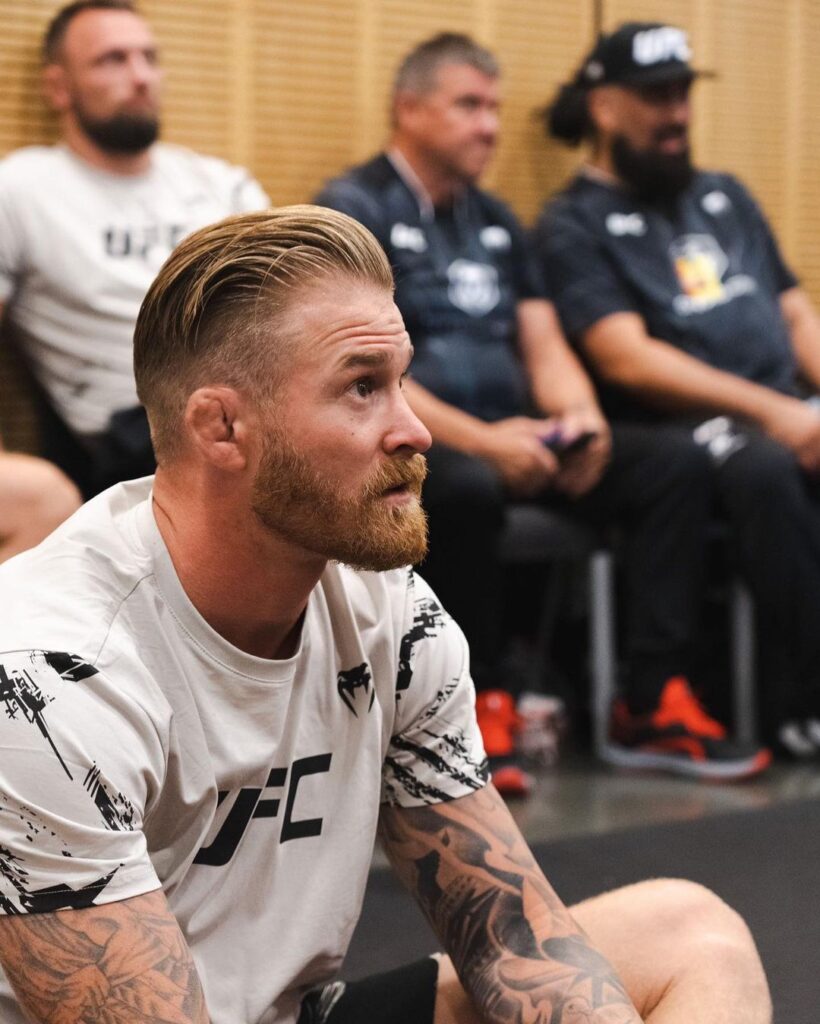
Appalachian State Wrestling Assistant Coach Frank
After finishing his collegiate wrestling career, Frank would transition into a role as a wrestling coach. His success in college led him to getting a job as the assistant wrestling coach at Appalachian State University.
He would spend the next couple of years working under head coach John Mark Bentley.
Frank Joins Tiger Muay Thai
After spending a few years coaching high school and college wrestling, Frank got a call from his brother George. His older brother had been traveling the world fighting and became the head coach of Tiger Muay Thai.
George wanted his brother to move to Phuket, Thailand, and work with him as the gym’s wrestling coach. Frank didn’t pass up this once-in-a-lifetime opportunity and joined his brother in Thailand.
Together, the Hickman brothers helped grow Tiger Muay Thai into one of the world’s best fight camps. They helped train everyone from Petr Yan, Izzy Adesanya, and Alexander Volkanovski while working at Tiger Muay Thai.
Frank also had a stint working as the wrestling coach at Syndicate MMA in between coaching at Tiger Muay Thai and then Bangtao.
Frank Hickman: The Car Salesman
Skipping back a bit, it took Frank around two years in between being able to make his way to Thailand. In between coaching college wrestling and coaching in Thailand, Frank worked at a car dealership.
He was a finance manager for a Mini Cooper dealership. When he was saving money to travel to Thailand, Frank actually sold his car. Then to continued working at the dealership, his salesman friend would sneak him keys to drive unsold Mini Coopers.
Frank’s boss from the dealership was actually also one of his and George’s old wrestling coaches. His boss gave his blessing and Frank moved on to go coach wrestling in Thailand.
Hickman Co-Founds Bangtao Muay Thai & MMA
After helping grow Tiger Muay Thai into an internationally recognized fight gym, the Hickman brothers left the gym. They, along with BJJ coach Alex Schild and S&C coach Andrew “Woody” Wood had a plan to open their own gym.
The four loved Phuket and from their experience working at Tiger Muay Thai knew how to build a great gym. After getting financial backers and finding a location on Bang Tao Beach, their gym would soon be built.
They would call their gym Bangtao Muay Thai & MMA. Their mammoth Muay Thai and MMA camp had its grand opening in 2022 and has exploded in popularity.
Bangtao has hosted numerous seminars with world champion fighters from Jon Jonest to Georges St. Pierre. In just two years, Frank and his partners have made Bangtao a world class fight camp.
Hickman’s Notable MMA Fighters
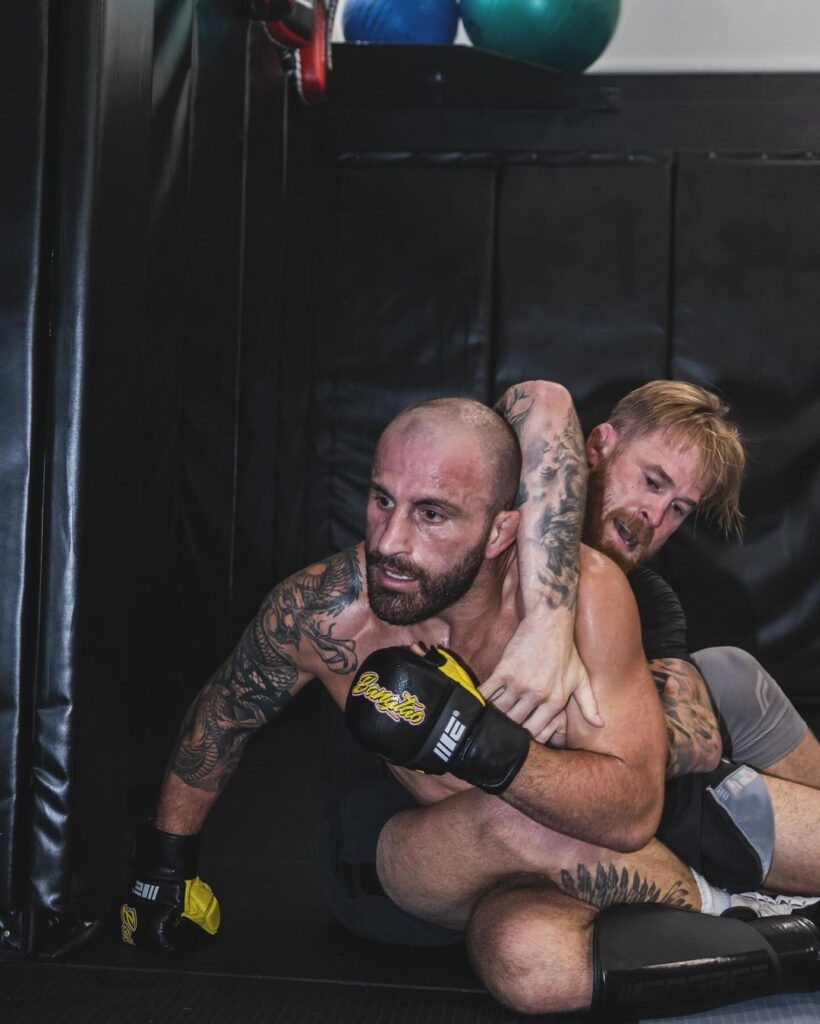
In his near decade of coaching, Frank Hickman has trained some of the world’s best fighters. Here are five notable MMA fighters that Frank has spent extensive time coaching.
Weili Zhang
Weili Zhang came to Bangtao Muay Thai & MMA a year ago to train with the Hickman brothers. They got the UFC strawweight champ ready for her title defense against the contender.
Zhang credits both Frank and George for elevating her wrestling and is eager to work with them again.
Alexander Volkanovski
While working at Tiger Muay Thai, Frank first started working with former UFC Featherweight Champion Alexander Volkanovski. Since the late 2010s, Volkanovski has made numerous trips to train alongside Frank and George.
He most recently made a trip to their new Bangtao gym in preparation for his last two fights. The Hickman brothers have a great relationship with Alex and love working with him.
Israel Adesanya
Another City Kickboxing fighter that has spent extensive time working with Frank is former champ Israel Adesanya. The former UFC middleweight champion worked with Frank and George for many years at Tiger Muay Thai.
Frank was one of the main wrestling coaches that helped Izzy improve his grappling after going into MMA full-time. You will most likely see Frank working more with Adesanya in the future.
Loma Lookboonmee
Frank also worked as the wrestling coach of the very first Thai MMA fighter to enter the UFC in Loma Lookboonmee. Hickman helped Lookboonmee in her transition to MMA by helping develop her wrestling game.
Lookboonmee has improved her overall MMA record to 9-3 and most recently won a decision at a recent UFC FN event. Loma is on a mission to become the first Thai UFC champion.
Peter Danesoe
Another fighter, who trains under Frank Hickman that you need to keep an eye on is Peter Danesoe. The Thai MMA fighter started his career at 0-2, but has gone 6-1 since working with the Hickman brothers.
Danesoe has looked good and recent performances and you could likely see him in one of the big organizations soon.
Frank Hickman’s Legacy
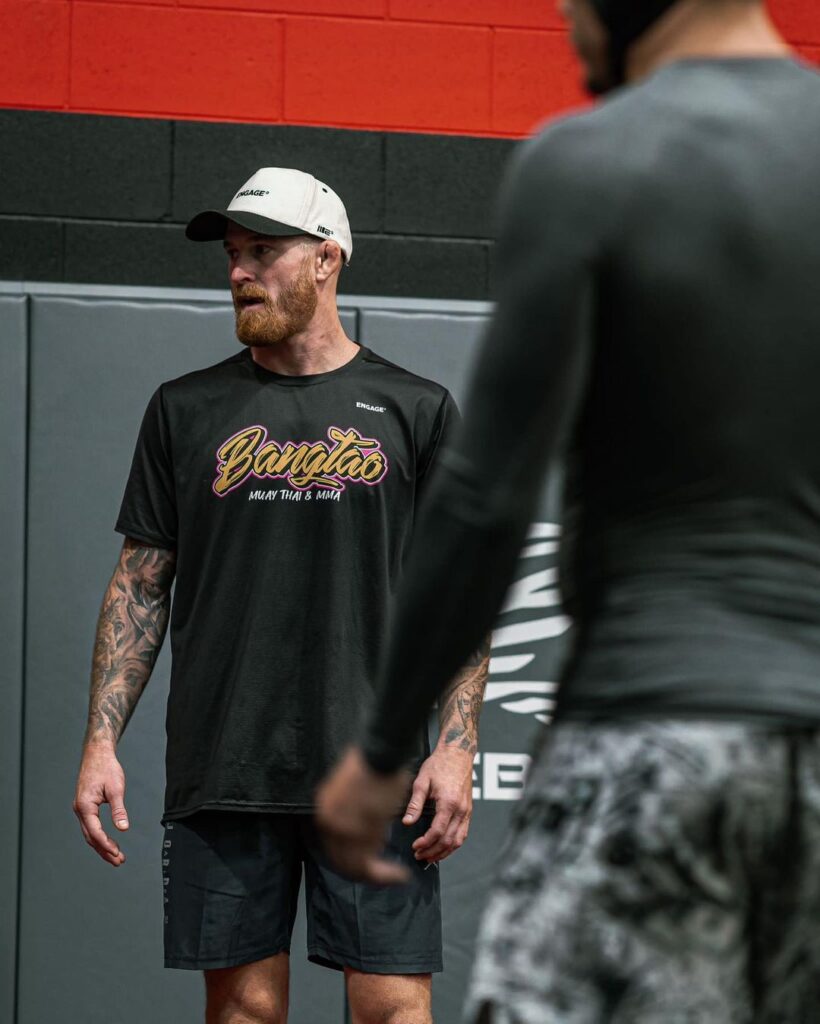
Frank Hickman has had an incredible journey to get where he is currently at. He went from standout collegiate wrestler to co-founding one of the best fight camps in the world and coaching champions.
His star is only rising as an MMA coach and you’ll definitely hear more from him in the future.
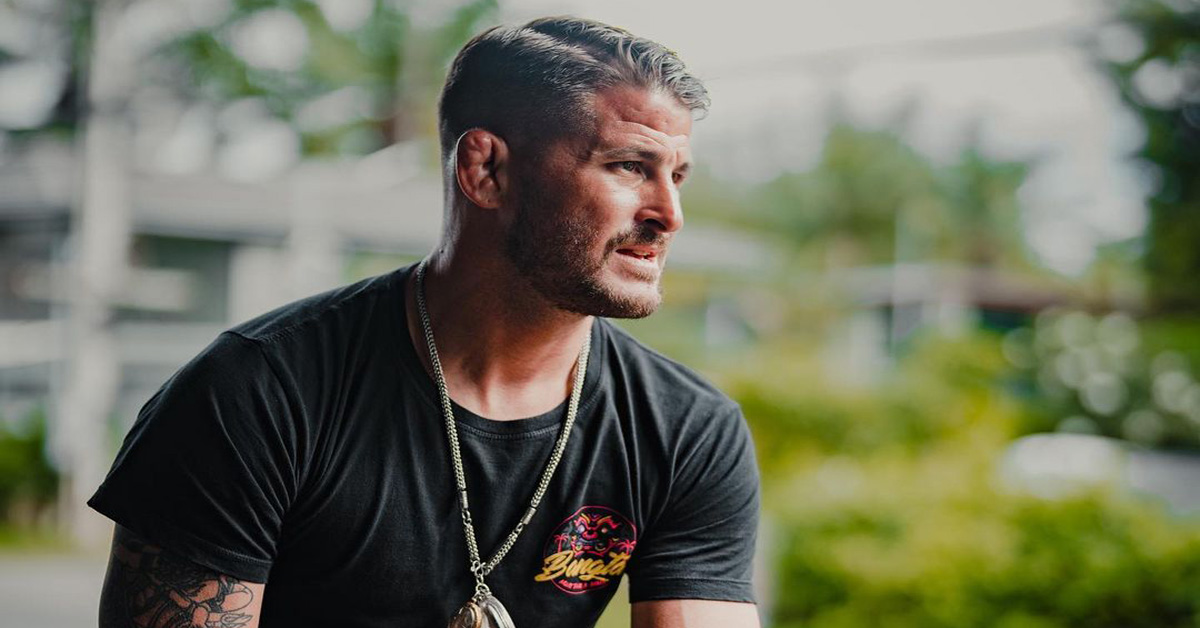 George Hickman is a former fighter and wrestler, who has become one of the world’s top MMA coaches. First,…
George Hickman is a former fighter and wrestler, who has become one of the world’s top MMA coaches. First,…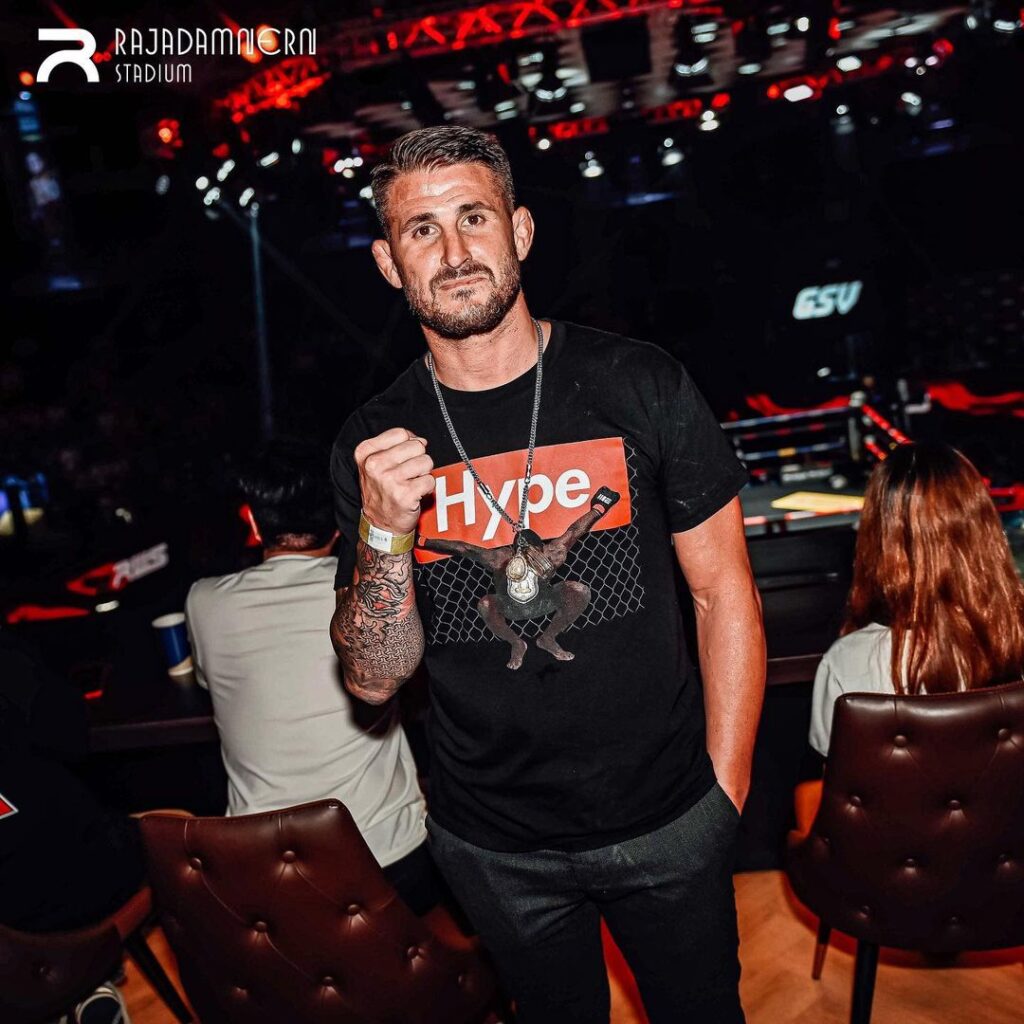

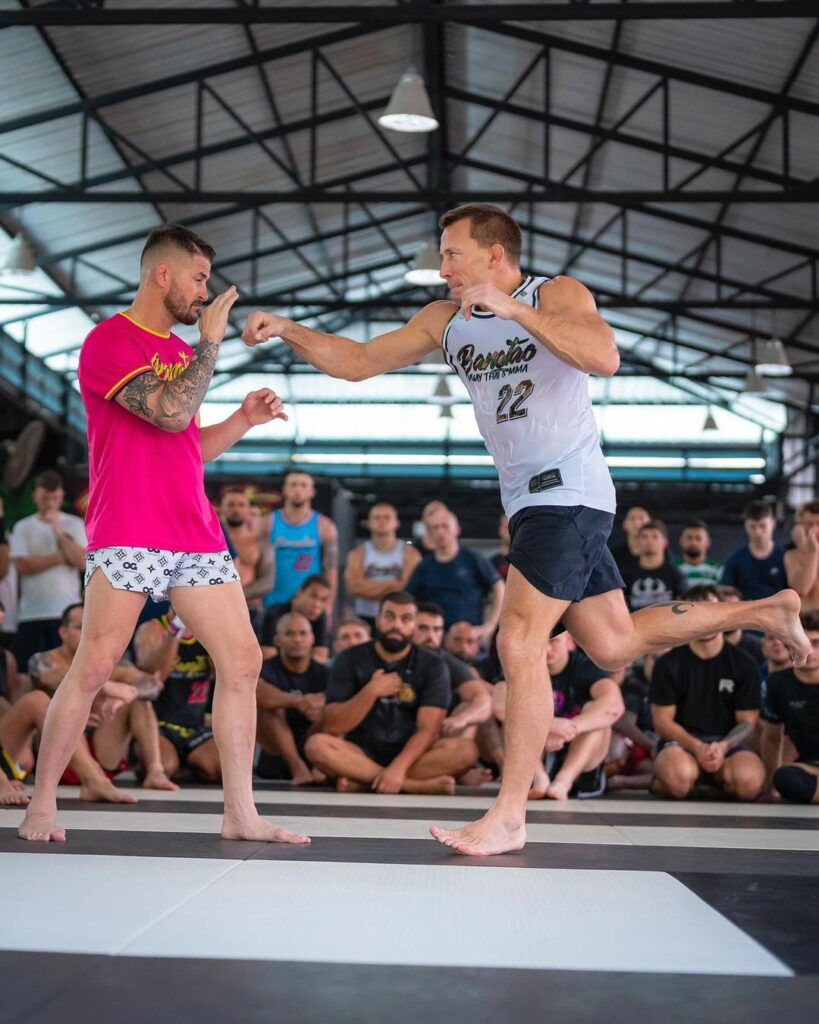
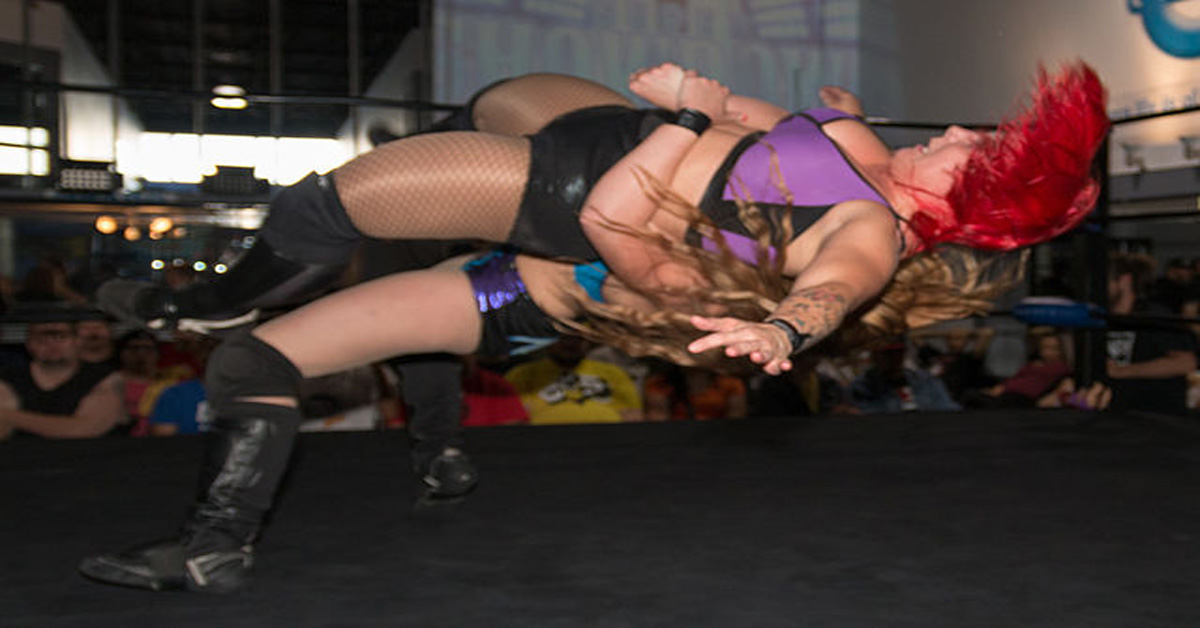 Anyone who has watched pro wrestling or practiced amateur wrestling is familiar with the suplex. It’s one of the…
Anyone who has watched pro wrestling or practiced amateur wrestling is familiar with the suplex. It’s one of the…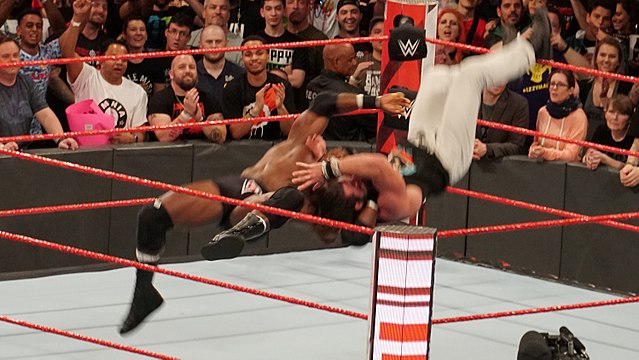
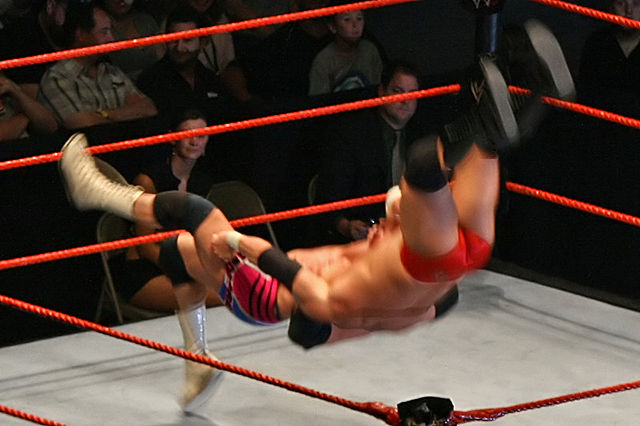
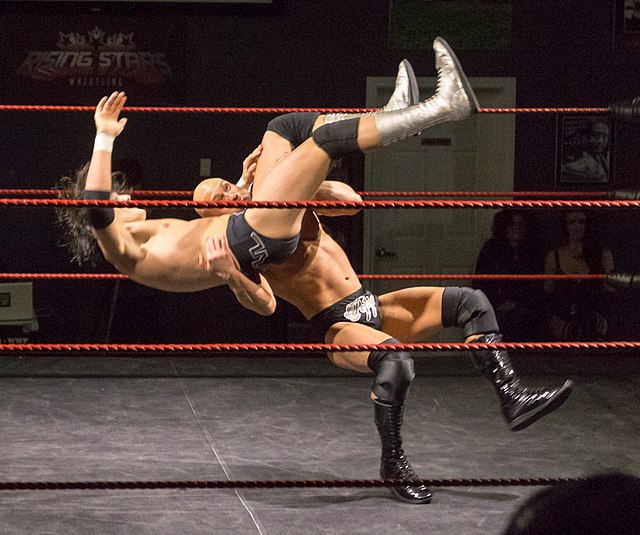
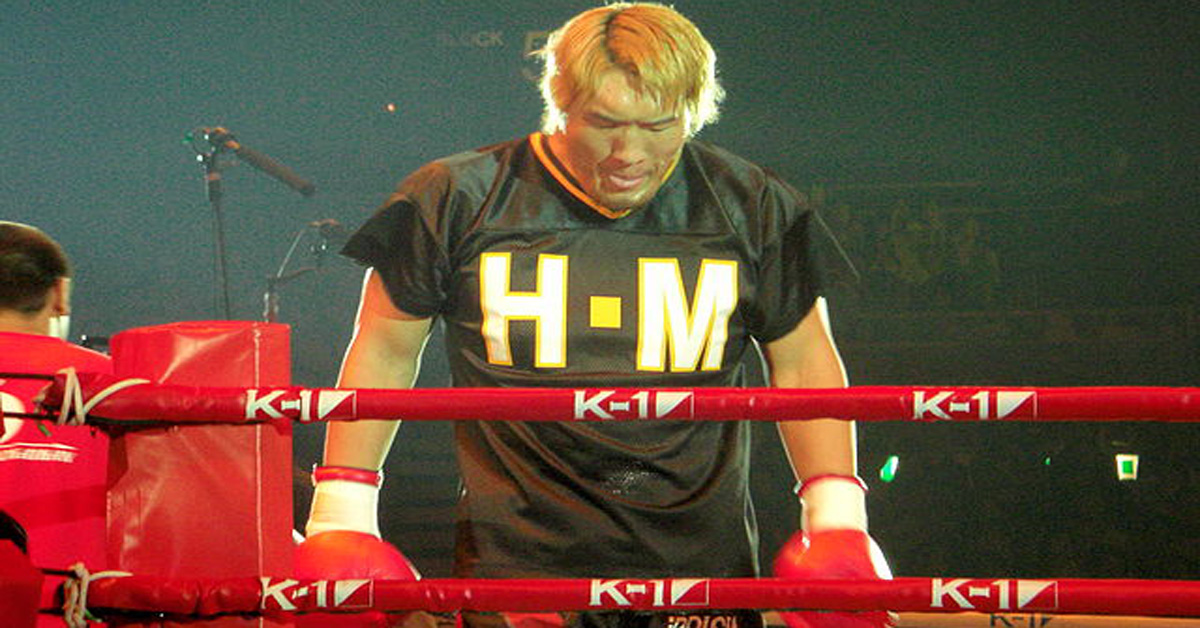 Combat sports are full of spectacles and few have been as big as the Korean giant Hong Man Choi….
Combat sports are full of spectacles and few have been as big as the Korean giant Hong Man Choi….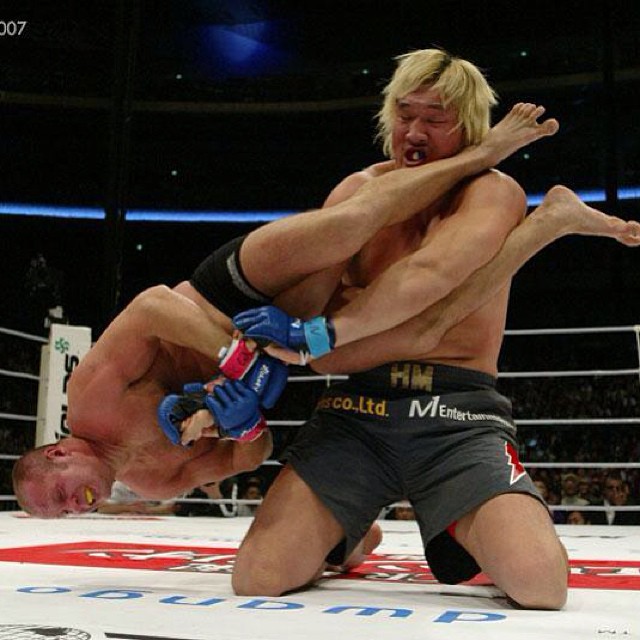
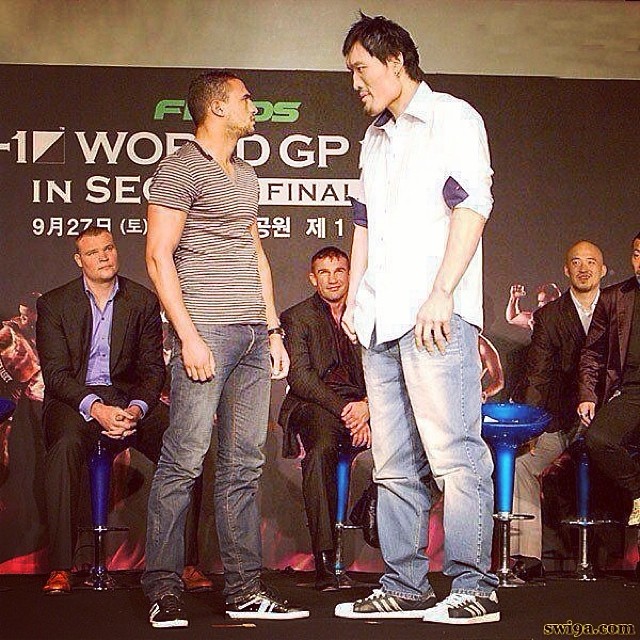
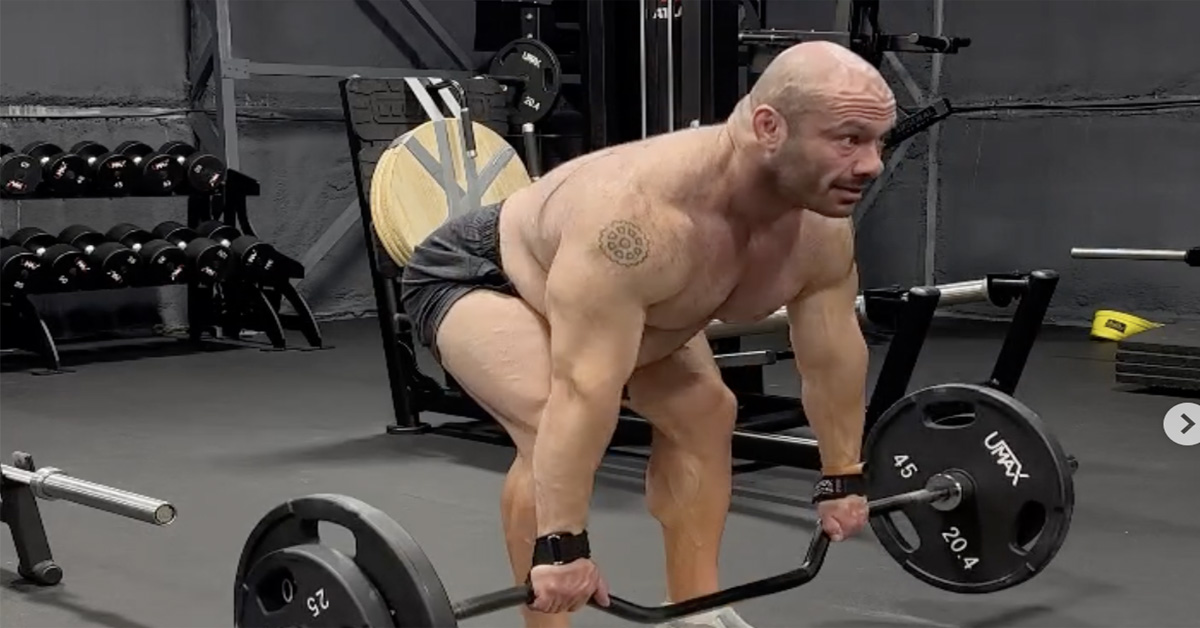 One of the most popular creators within the YouTube fitness community is Dr. Mike Israetel. He is the host…
One of the most popular creators within the YouTube fitness community is Dr. Mike Israetel. He is the host…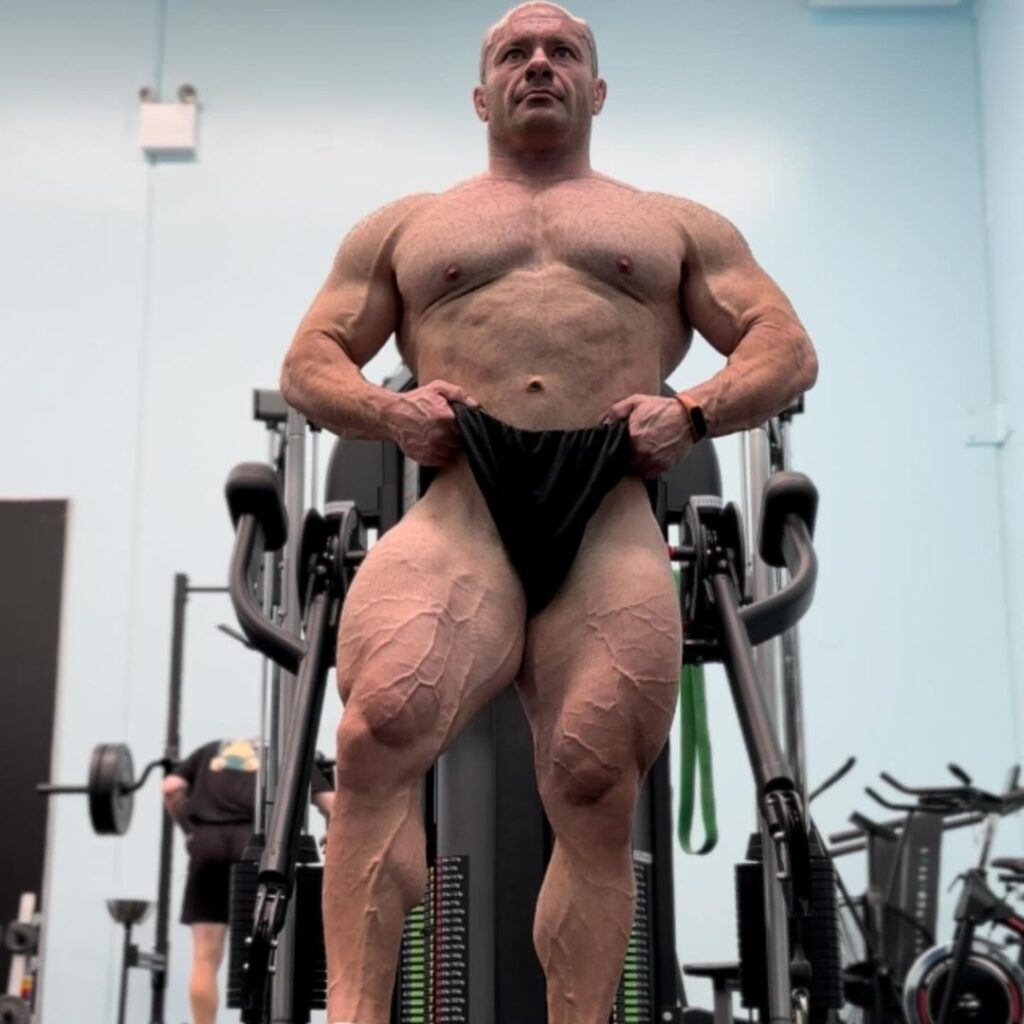
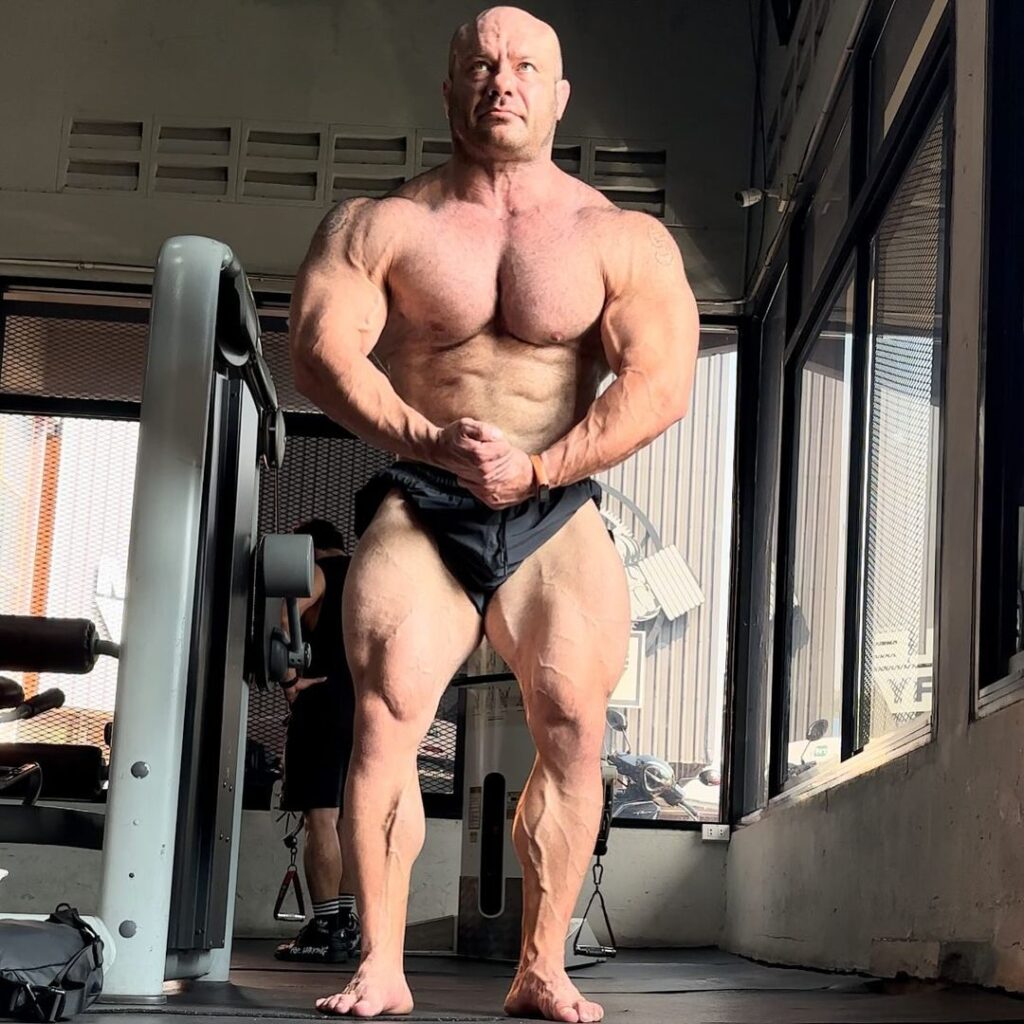
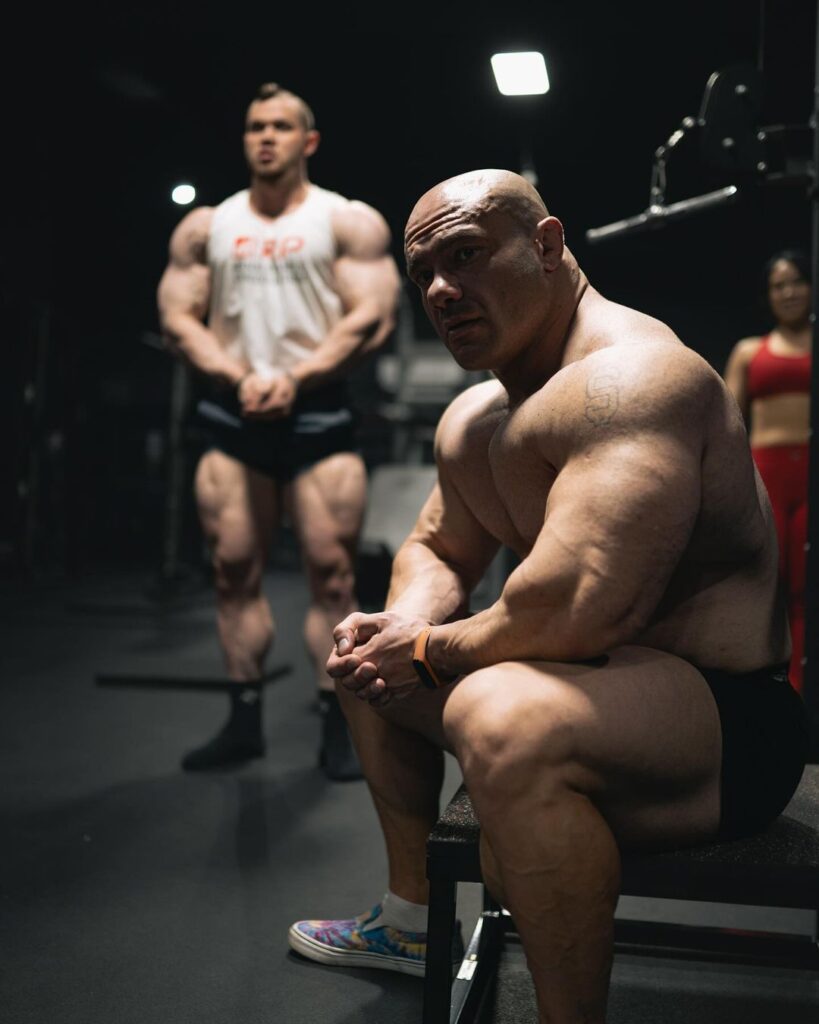
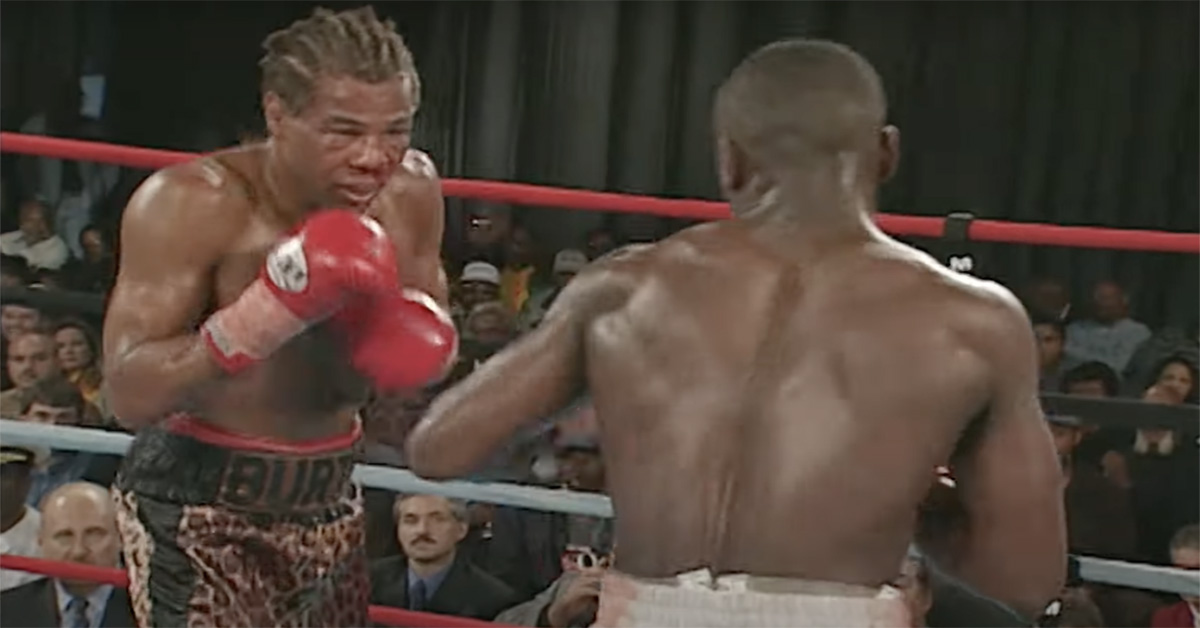 Drunken boxing is one of the most known and mysterious forms of kung fu that is still practiced. The…
Drunken boxing is one of the most known and mysterious forms of kung fu that is still practiced. The…